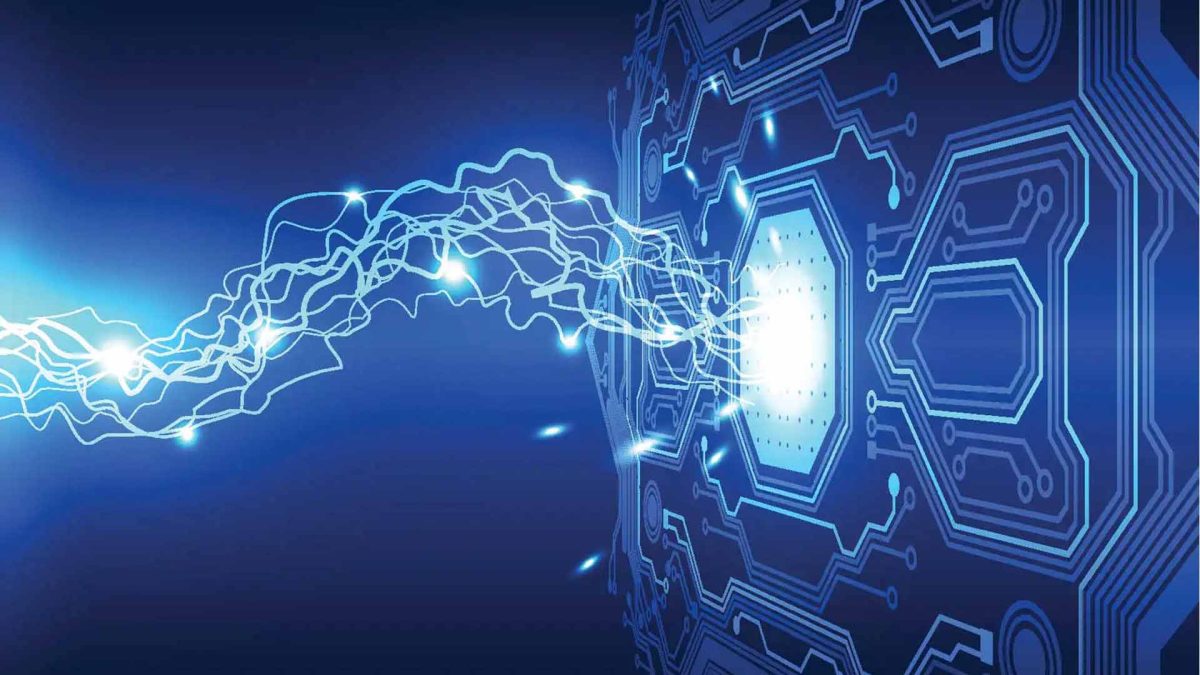Power Electronics encompasses the realm of generating, designing, controlling, converting, and conserving electric power while emphasizing its optimal utilisation. Since its inception, power electronics has heavily relied on semiconductors and converters, with a significant focus on miniaturization and renewable energy. This article delves into six emerging technologies poised to dominate the field of power electronics in the coming years.
Superconductive materials
Superconductivity is a unique characteristic exhibited by certain materials when cooled below a critical temperature, enabling zero electrical resistance and infinite conductivity. Although the current flowing through a superconductor has the potential to persist indefinitely, there is a limit of approximately 10,000 years. This remarkable phenomenon, known as perpetual current, requires no external power source and finds practical application in superconducting magnets.
According to a report from CERN, utilising superconductive power devices is expected to enhance the power density of various applications. These power devices operate effectively at cryogenic temperatures, typically ranging from -130 degrees Celsius to -273.15 degrees Celsius (absolute zero). This is due to the fact that superconductive materials exhibit their extraordinary properties at lower temperatures, typically near -253 degrees Celsius.
Magnesium ion battery
Lithium-ion batteries have gained widespread usage in consumer electronics and electric vehicles across the globe. Nevertheless, recent advancements have been dedicated to seeking alternatives to lithium-ion batteries. Various options have been explored, including sodium-ion batteries, magnesium-ion batteries, zinc-ion batteries, and aluminum-ion batteries. However, implementing magnesium-ion batteries and several other alternatives has faced multiple unsuccessful attempts.
A magnesium cation (Mg+2) battery utilizes magnesium ions within an electrolytic solution to transport charge and serves as the anode. Researchers specifically focus on developing rechargeable and non-rechargeable variants as potential replacements for lithium-ion batteries. Magnesium offers advantages over lithium due to its wider availability and the presence of two electrons, making it a promising choice for energy storage solutions.
Talkative power
Talkative power refers to integrating power electronics and communication systems, where power converters utilise the frequency hopping spread spectrum technique at their output. By employing this technique, these converters achieve what is known as Talkative Power. Talkative Power can be described as the fusion of DC power and an information signal. Developing converter devices capable of generating talkative power is a subject of active study and research. The widely adopted approach with converters has been using Pulse Width Modulation (PWM) technique rather than the frequency hopping spread spectrum.
The technology of 6G
The global implementation of 5G technology has been a recent development, but testing for 6G has already commenced in various countries such as South Korea, China, and Japan, taking different approaches. The forthcoming 6G technology is expected to utilize terahertz frequency bands and millimeter waves. Experts predict that the deployment of 6G will take place progressively in a decentralized manner around the year 2030. While the impact of 5G on power electronics necessitated high-performance hardware and efficient cell towers, 6G will impose even greater demands due to its usage of upper-frequency bands and high-speed capabilities. The advancement in technology will require increased utilisation of radio frequency power devices to accommodate the requirements of these upper-frequency bands.
Power smart homes
In contrast to IoT-powered smart homes, a powerful smart home can be defined as a self-sustaining dwelling capable of generating its own electric power and supplying it to the grid for a fee. In the near future, individuals are expected to have the ability to control their electricity usage in smart homes through mobile phones, monitor energy consumption, and even charge their electric vehicles conveniently at home.
Aluminium Nitride: The new semiconductor
Aluminium Nitride (AlN) is gaining recognition as a promising semiconductor within the power electronics and RF industry. Depending on conditions and temperatures, AlN exhibits characteristics of a semiconductor, insulator, and semiconductor. A German research team recently unveiled an Aluminium Nitride wafer, highlighting its impressive physical and semiconducting attributes. The remarkable wafer demonstrated excellent thermal conductivity and resilience in harsh environments, among other notable properties. Nevertheless, AlN’s availability and manufacturing cost, compared to SiC and GaN, present challenges for the power electronics field in the years ahead.
Source: Power & Beyond
